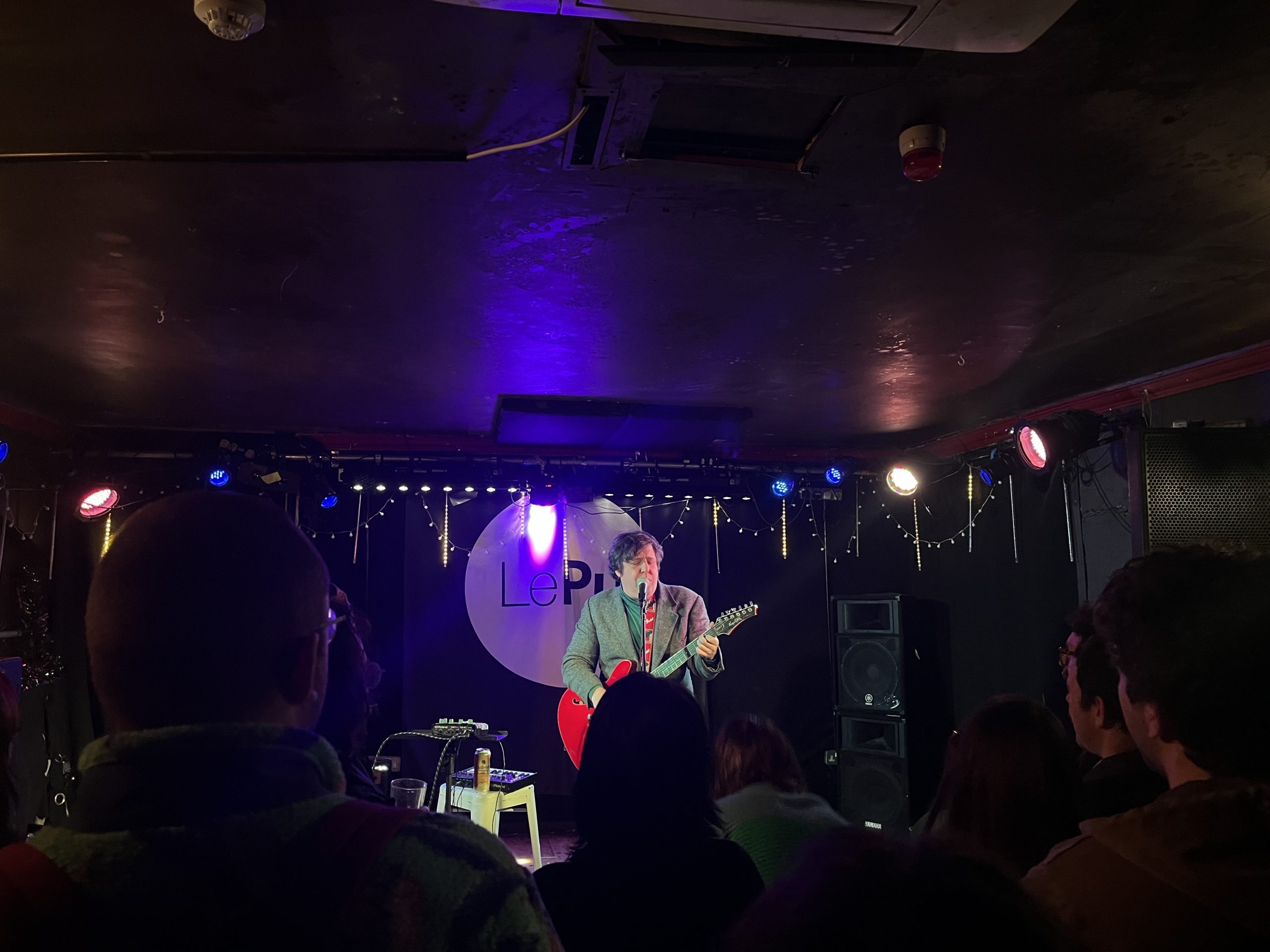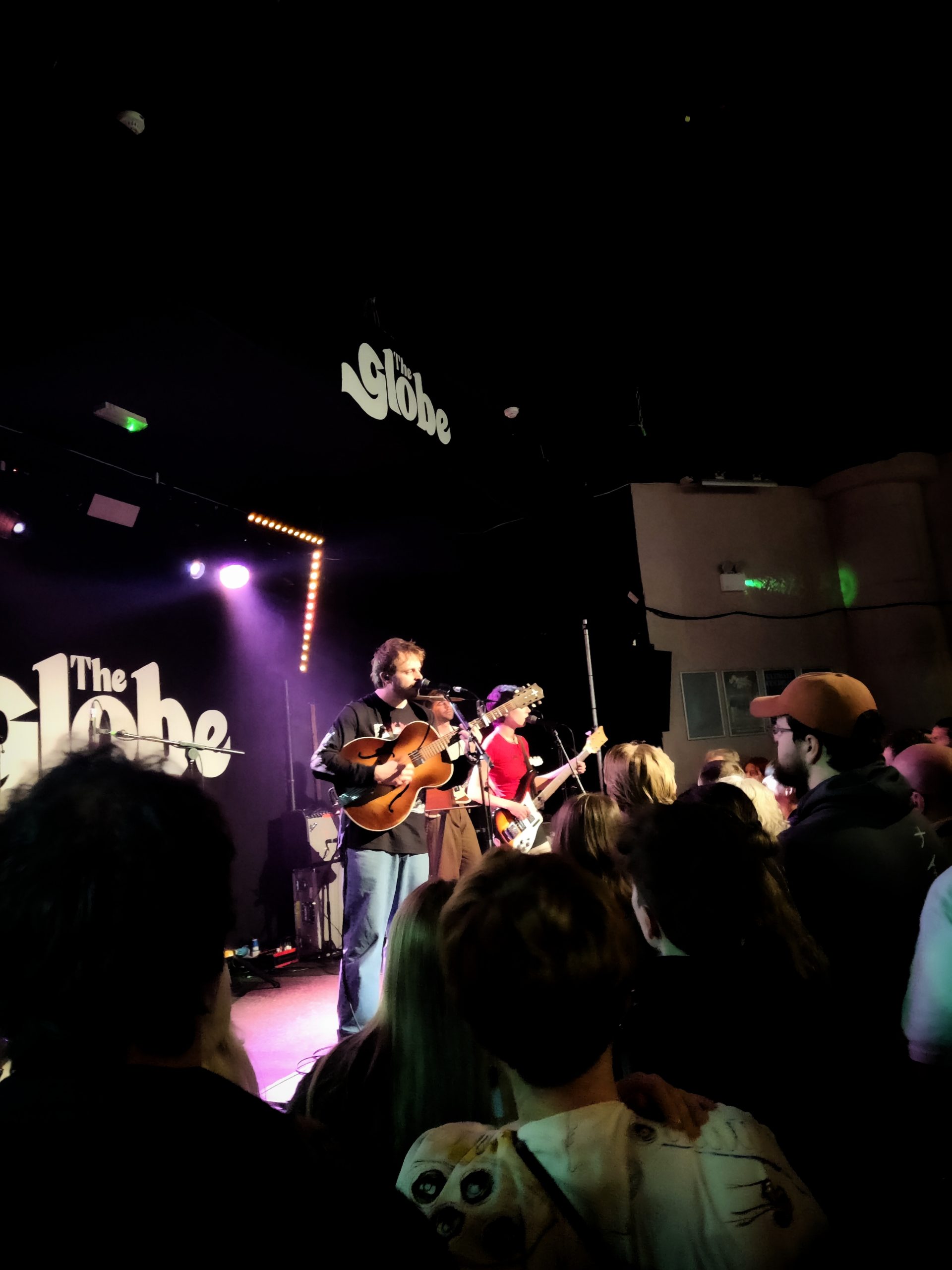by Katherine Waldock
Last month, Bridgerton’s Netflix adaptation surpassed the record for the most watched TV show season in a week. Among the throngs of excited viewers were a stand out few, who admonished the series for its lack of historical accuracy ÔÇô that admonishment being thinly veiled racism. That reaction irritated me to see, especially given the fact that the same audience is perfectly happy watching and reading a period version of Gossip Girl.┬á
After the second season of Bridgerton came out, I decided to give the books a go, mainly because I wanted to see how it compared to the TV version. And to be honest, the books did not match up to the adaptation. I was disappointed to see that they followed the exact same plot structure each time, following that classic trope: girl meets boy; girl asserts a mild form of independence; boy shows girl how dominant he is, and finally; girl accepts his dominance and marries him. I suppose in that way perhaps the books are slightly accurate. They at least got the literary practice of returning any kind of subversion to its heteronormative status quo right. However, I fail to see the issue of Shonda Rhimes’ TV adaptation containing black actors, when “ruinous” pre-marital sex consistently features in not just this period fiction, but in many others as well. It’s unlikely that societal was so liberal, especially given the obscenity trials that dogged Britain and America’s literature for decades after the period during which Bridgerton was set. As any literature student may know, Michel Foucault’s The History of Sexuality proves an obsession with sexual censorship that many society families would adhere to. If you’d like to read a bit more about some of the inaccuracies the first season had when it came to premarital sex, I suggest reading this interesting article featuring historians discussing the accuracy of Daphne’s lack of sexual knowledge. As the historians confirmed, ladies of that rank would undoubtedly see purity as a necessary status. But of course, the criticisms of Bridgerton aren’t really about historical accuracy, are they?
As a side note, I’d like to direct readers to Miranda Kauffman’s Black Tudors, which, as its title suggests, examines the presence of black people who existed (yes, this is historical fact) in the Tudor period in Britain. I can’t speak for the early 19th century, but if black people lived in Britain back then, who are the internet trolls to dictate the casting of Bridgerton?
Aside from Bridgerton, there’s been a massive uptake in readership of Greek myth fiction, as well as retellings or reimagining of historic figures. Take, for example, Hamnet by Maggie O’Farrell. The story is O’Farrell’s interpretation of Shakespeare’s relationship to his son, and the choice to name one of the most well-known plays, ÔÇÿHamlet’, after him. The novel is brilliantly researched, folding facts we know about Shakespeare, his wife and his children, into her own fictional depiction of their lives together. Circe and The Song of Achilles, both by Madeline Miller, are arguably historical fictions, despite the fact they centre on myths. There’s much to be said for an author who is able to transport a reader to a time so far removed from their own. Miller’s stories are historically accurate insofar as the time period is a detailed depiction of the Grecian period, and the myths are correct to the point at which Miller desires to provide a new, more empowered storyline for the side-lined characters, such as Circe, or a new, queer perspective on one of the most famous myths of all time. Both of these books contain commonalities in their portrayal of historic periods, but even more importantly; the books are fictions: imagination written into a real life time period. Isn’t that what makes fiction so interesting? That it explores possibilities that didn’t exist in history as we knew it. So it makes me wonder why we are so bogged down in the desire for accuracy.
The historical fiction I am interested in often centres around queer storylines, particularly between women. Perhaps this is because I enjoy the utopian vision of queer women’s lives throughout ages where lesbian visibility was non-existent. An excellent book that flits between historical time periods and our own is Plain Bad Heroines by Emily M. Danforth. Her book shows a 20th century America with queer relationships, an alternative history to the prominent heterosexual one that dominates mainstream textbooks and fiction. The Inverts by Welsh author Crystal Jeans is another example of an exposure of queer relationships hiding behind a lavender marriage. Just because they aren’t the dominant narratives we see in history lessons, doesn’t mean they aren’t true.
But even if that was the case, can’t we dream? This is fiction after all: imagined worlds for entertainment, pure and simple. If you want historical fact, read non-fiction. Just don’t expect it to lay out the nuances of human experience in quite the same romantic way historical fiction can.


